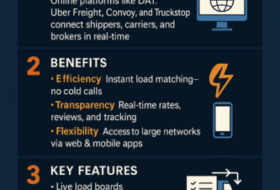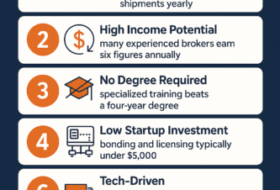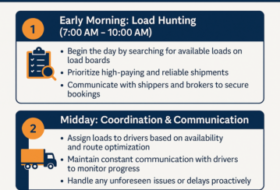Change management may not be new, but today’s office dynamics are. To drive innovation and attract and retain top talent, companies are seeking creative, “cool” workplace solutions that offer a variety of amenities and the latest technology. Of course, open offices also continue to be a popular choice due to the cost savings of a reduced footprint—and with rents in the Bay Area on the rise, that fuels the movement from traditional workplaces into more open, collaborative spaces. Yet, while the office of the future is a reality today, many employees are anxious about change, and some aren’t ready to give up their privacy.
Engage Employees
At its core, change management is about involving employees in the solution development and decision-making process. By giving them a voice, they will feel included and more receptive to change. This will also help ensure that the end result reflects their input, needs, and desires, which is critical as the line between work and home becomes more blurred.
How much you engage your employees depends on the extent of the transformation and the departure from your current space. However, regardless of the size of the project, it is important to involve your employees early on. Communication throughout the process will build trust and give employees time to digest and provide constructive feedback. In contrast, asking employees to adopt changes that they had no involvement in will likely cause friction and resistance.
Customize, Customize, Customize
There is no such thing as a one-size-fits-all change management plan. Senior management has a seemingly endless pool of options for how to engage employees in the decision-making process. Traditional methods include sending email updates, forming a core project team, interviewing key employees and stakeholders, and creating design mockups. More modern and tech-centric methods include podcasts, video updates, and an Intranet where employees can view plans and provide feedback.
Anticipate and Manage Pushback
Although the open office has become more mainstream, some employees, especially senior managers, may still feel uneasy about switching from private offices to collaborative space. While lack of privacy is a part of their apprehension, they may also fear that giving up their office means compromising their status.
As workplace design becomes less hierarchy-driven, it is important to assure people that their role within the company will still be recognized. Additionally, many don’t realize that open offices are often a hybrid of shared and private space that meets a wide range of needs.
Transform Your Workplace
As technology and workplace demographics continue to evolve, the office will continue to transform to accelerate the production cycle, attract and retain talent, and optimize performance. No longer tethered to our desks by a wire, we will become a more mobile workforce with employees enjoying more of a “Live-Work-Play” lifestyle.
In short, project management and change management are no longer separate entities. They must work in synch from start-to-finish to ensure successful projection execution. While some companies have a project management discipline in-house, companies typically outsource this function to specialists. So, plan ahead and consider an experienced project management firm that provides change management as a part of its services.
No matter your industry or location, with patience, due diligence, and a customized change management program, you can make the workplace of the future work for you today.
STARTED FOR ONLY $99
www.freightbrokerscourse.com
15% OFF Packages above Basic.








